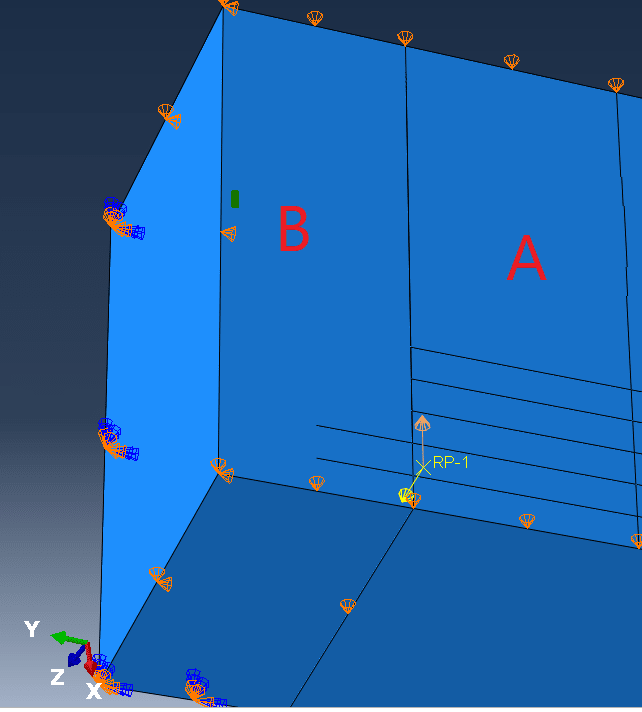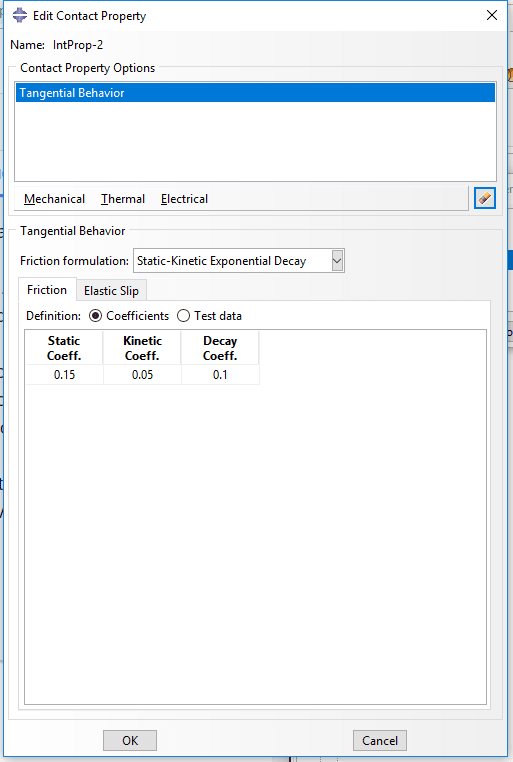anthaivn2019
Structural
- Jul 4, 2019
- 19
Dear all,
There are 2 blocks of A and B.
Block A is subject to dynamic loads according to the history of time. Block B stands still.
I want to declare the contact surface of blocks A and B with great friction to show its dependence on this coefficient.
So what function do I need to use because when I use "static-knitic exponential decay", the result of z-direction (V3) does not change.
Or another way to reduce the speed in this z direction.
Many thanks.
Hoang An


There are 2 blocks of A and B.
Block A is subject to dynamic loads according to the history of time. Block B stands still.
I want to declare the contact surface of blocks A and B with great friction to show its dependence on this coefficient.
So what function do I need to use because when I use "static-knitic exponential decay", the result of z-direction (V3) does not change.
Or another way to reduce the speed in this z direction.
Many thanks.
Hoang An


